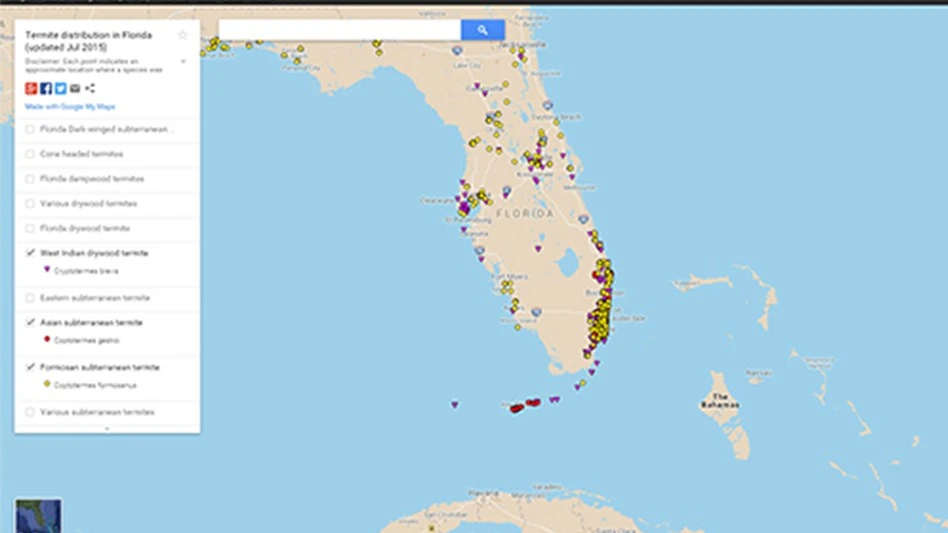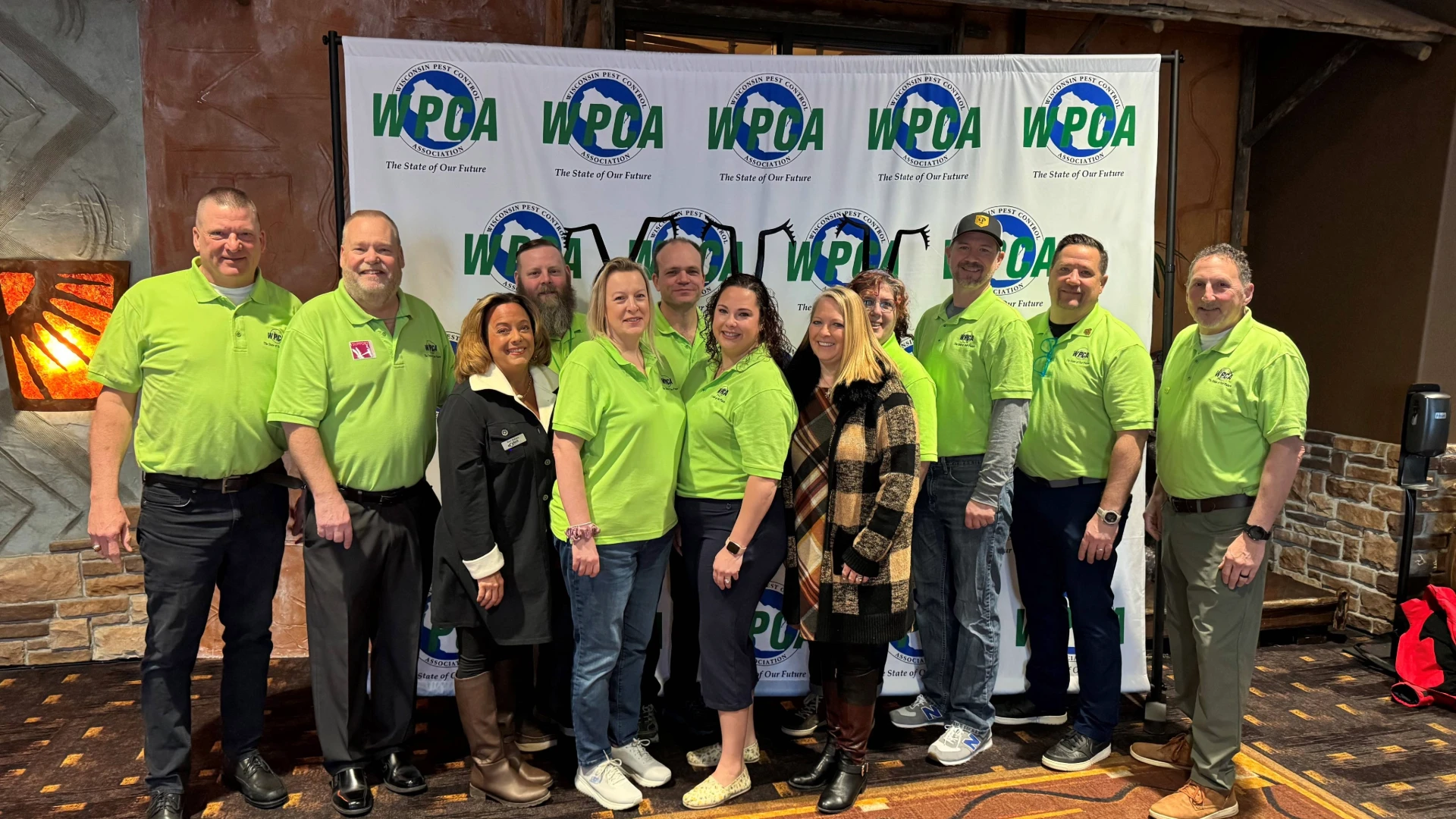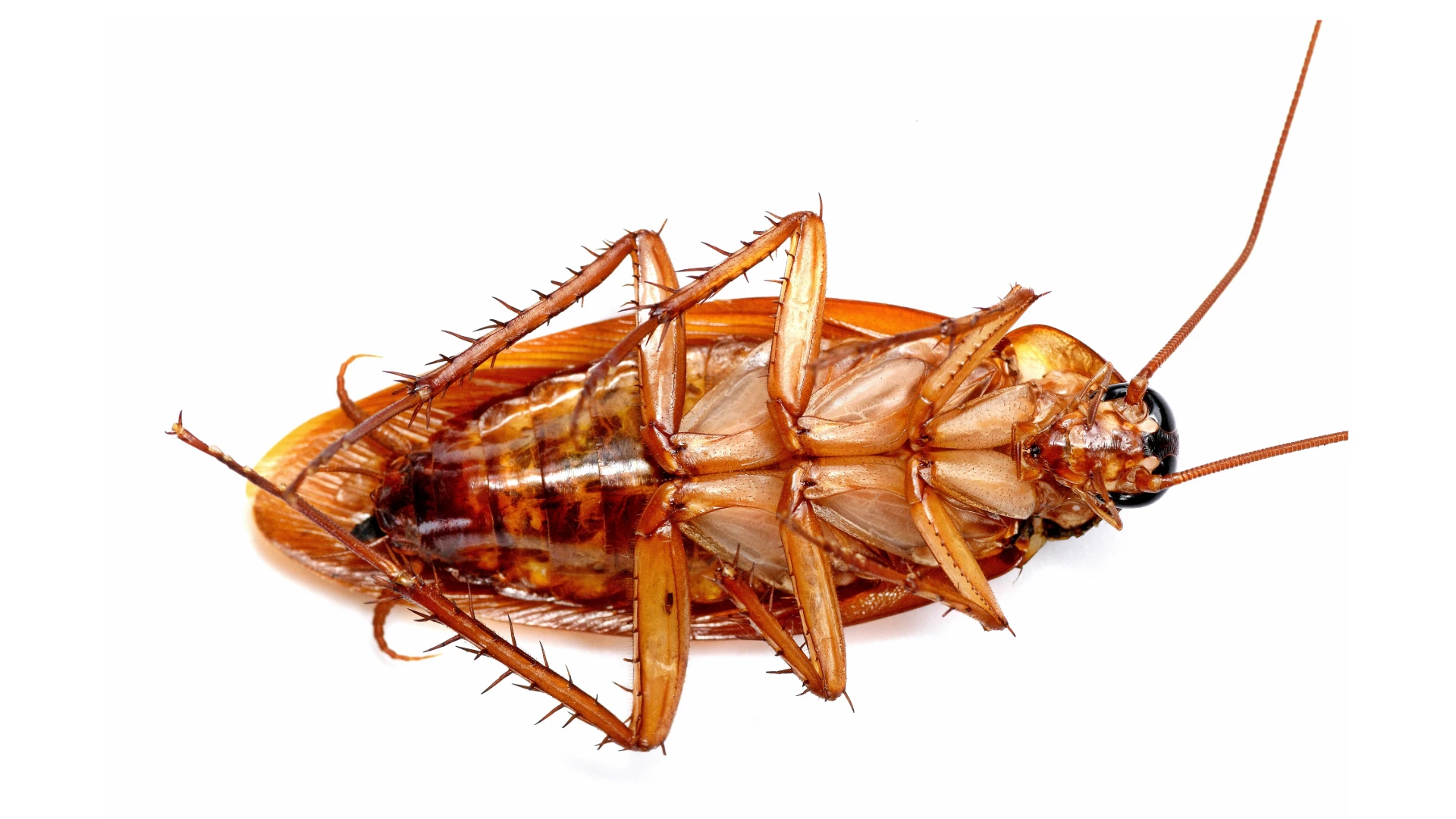
Scientists at the University of Florida Institute of Food and Agricultural Sciences (UF/IFAS) want residents, property owners and pest control operators to know the areas of risk and how to limit that risk through proactive science-based approaches.
‘Termite Species Distribution in Florida and UF Termite Identification Services’ is a newly released publication authored by a team of UF/IFAS scientists conducting year-round research on termites at the UF/IFAS Fort Lauderdale Research and Education Center (FLREC).
“Termite infestations are a year-round risk to property owners in the Sunshine State,” said Thomas Chouvenc, an assistant professor of urban entomology at FLREC and a co-author. “With 20 species of termites established in Florida, knowing when, where and which termite species have been recorded in abundance in a geographic area can help limit your risk and provide an advantage against potential property damage from infestation.”
In the publication, authors provide tools and resources for property owners, residents and pest control operators. Among the tools and resources are links to an online interactive distribution map, steps to submitting samples for proper termite species identification and up-to-date status, descriptions and links to native and established termite species reported in Florida.
Scientists have learned the keys to knowing the potential termite risk in an area: climate, identification of an established species, property conditions and species range within a geographic location.
It’s critical to know where you stand on the distribution ranges of all termite species tracked on the interactive map. Scientists have determined distribution ranges by using sampling efforts performed over the past four decades. Those samples accumulated more than 6,500 termite samples obtained from throughout Florida. They obtained samples either through biological surveys, pest control providers, private residents or UF/IFAS Extension offices.
All samples were identified according to species by a member of the “UF termite ID team” or the “UF Insect ID Lab” and placed in the University of Florida Termite Collection (UFTC) located at the research center in Fort Lauderdale.
Since 2016, the collection location of all termite samples has been publicly accessible and is regularly updated. Additional images of termites and termite damage in Florida are collected and reported by Rudolf Scheffrahn, professor of entomology at the center.
“This map is the most detailed and accurate termite distribution map in the world. However, with the spread of invasive species, it is important that consumers and pest control companies continue to provide samples to us, so we can monitor new areas where invasive pest species are establishing” Chouvenc said. “This is important, because once established in a new area, the entire local community is now at risk for such new invasive termites and knowing about it can help property owners to prepare appropriately.”
Latest from Pest Control Technology
- Lloyd Pest Control Treats 'Kitchen Nightmare' Cockroach Infestation
- Beach Pest Service Opens New Office in Hampstead, N.C.
- NYC PCO Growing Business with Focus on Corporate Clients
- Massey Services Promotes Silver, Crespo to Director Roles
- Recurring Services Model, Wildlife Offerings Lead to Impressive Growth for Tailor Made
- Shelters: Difficult to Manage
- NPMA Announces Recipients of 2025 Impact Awards
- Fleetio Expands Geotab Integration with Shop Network Add-In





